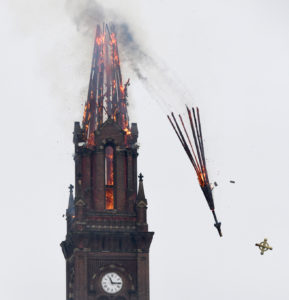.In John Beckett’s blog last week, he tackled the question of how to prepare and explain the concept of Tower Time to Pagan children without giving them nightmares.
John was very upfront about the limitations of his advice as a non-parent, and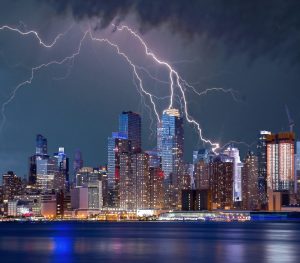 focused more on practical matters as well as age-appropriate dissemination of knowledge. Because as John wisely said (and it bears repeating here): “Young children shouldn’t be burdened with troublesome projections about the future.”
focused more on practical matters as well as age-appropriate dissemination of knowledge. Because as John wisely said (and it bears repeating here): “Young children shouldn’t be burdened with troublesome projections about the future.”
It was a good answer, and I’m really glad he took the question on. Because if there is a conversation we need to be having in our Heathen, Pagan and Witch communities, it’s how we can support our children during a period of time many are referring to as Tower Time. (If you are new to the concept of ‘Tower Time’, I invite you to read more about it here from the originator of the term. I have also posted some of my musings of Tower Time here.)
The Brave New World of Do All The Things!
As John also wisely observed, Tower Time isn’t some far away apocalypse that we’re supposed to be prepping for – it’s already here. It’s both the background music and protagonist in the drama of our time.
When the pandemic first hit and schools closed, a lot of wonderful community-minded people set up online events for children. Parents in local groups posted overly ambitious Pinterest schedules for their families and children. People made homemade hand sanitizer, grew sourdough starters and worried about where the next rolls of toilet paper would come from.
 We sewed masks, traded supplies with our neighbors, and shared any and all tip-offs we got about where to find help and supplies.
We sewed masks, traded supplies with our neighbors, and shared any and all tip-offs we got about where to find help and supplies.
But one year in and around a half a million dead later (in the US alone), things look pretty different. People are struggling in every way imaginable, previously papered-over issues have been brought into sharp relief, and we may now actually be hitting the ominously named “third quarter”.
Science is winning though. The battle has been long, and the doctors and lab coat warriors courageous. We can at least see a light at the end of the tunnel now.
It’s just going to take a while to get there and there’ll probably be a few more bumps before we do.
Children in Tower Time
And maybe it wouldn’t be so bad if it were only the isolation of the pandemic to deal with? But a month and change ago my child got to watch me pack bug out bags for our family. (Because why not also throw an attempted coup in there as well?)
I mean, we clearly didn’t have enough shit to be getting on with before Y’all Q’aeda rolled up at the Capitol Building after weeks of planning their glorious revolution/liberal purge over on Parler.
And then there’s systemic racism, growing economic inequality, and increasing environmental challenges to deal with as well.
environmental challenges to deal with as well.
The big, crumbling, future-threatening towers are pretty obvious.
But what about our children in all of this?
We can teach skills in preparedness and give the best explanations in the world. Those things are helpful. But our kids are still going to struggle – they are still struggling. And is it any surprise? Hell, we adults have explanations and an entire internet full of preparedness skills to learn and how many of us are struggling?
Children don’t live in boxes – they’re often a lot more perceptive than we give them credit for and sometimes it’s what we don’t say that ends up worrying them the most.
So I guess the question here is how best to support them in this Tower Time?
I’m going to be honest with you right now: I have no answers here. I’m struggling with this too.
(Hopefully) Keeping Our Children Hale and Whole
The question of what we can do for our children in this shitty semi-apocalyptic scenario is one I think a lot of us have struggled with. And depending on where you live and the levels of infection in your community, you may not have a whole lot of choices. (This is me, I live in such a community.)
For the most part adults have gone virtual, and that’s actually turned out to be a pretty great thing for a lot of people. A whole slew of events are suddenly a lot more accessible to more people and I hope that virtual element is something event organizers retain once the world finally reopens.
But as fulfilling as many adults have found the virtual option to be, I imagine it must feel pretty weird for a category of human that ordinarily prefers to play away from the watchful eyes of parents who might tell them off for doing dumb kid stuff.
And sure, we can also focus on teaching them the skills we believe they may need in the years to come (while providing age-appropriate explanations of events). But I think a lot of people are wondering where Pagan or Heathen religious beliefs come into it as well. After all, how many of us turn to our beliefs when times are tough?
As I said before, I really don’t have any solid answers here. I do however, have a few points I’d like to throw out there for consideration should a wider conversation about children happen within our communities.
1. Religion and Resilience
Religion can be a real source of comfort for a lot of people, and has been shown to be a resilience factor in a number of studies now.
According to Dr Michael Ungar who studies resilience, religion can help children to be resilient as well. But as Dr Ungar also points out, it’s more likely the resources that are associated with religion that are the source of that resilience as opposed to the spiritual beliefs themselves. So we can’t exactly be like, “Here’s a deity, pray to them and feel better.”
 Membership in a religion can confer a host of benefits for a child. It can bring relationships and community. Religion can give children a sense of identity in which to anchor themselves. Depending on the religion in question, a child may even get to make decisions within ritual and possibly also gain a feeling of control. Participation in religious groups can also give a child the opportunity to engage in acts of generosity which can make them feel good. Religious communities often meet the physical needs of children too through their charitable programs. And finally, participation in rituals and holidays can help give a child a sense of routine and prove grounding.
Membership in a religion can confer a host of benefits for a child. It can bring relationships and community. Religion can give children a sense of identity in which to anchor themselves. Depending on the religion in question, a child may even get to make decisions within ritual and possibly also gain a feeling of control. Participation in religious groups can also give a child the opportunity to engage in acts of generosity which can make them feel good. Religious communities often meet the physical needs of children too through their charitable programs. And finally, participation in rituals and holidays can help give a child a sense of routine and prove grounding.
So with those points in mind, I think the importance of tackling this subject as a community is clear. If we are to be in-community with others then we must consider the needs of all age groups.
2.a. Storytelling and Cooperative Gaming
One of the needs I think is the hardest for us to meet for our children (again, depending on where we live), is socialization and the need for friendship.
My child has historically avoided Zoom-based hangouts with other children outside of school. The prospect has always seemed about as appealing as a fart in a spacesuit to her. But her Friday afternoon My Little Pony Zoom RPG session is becoming a firm favorite.
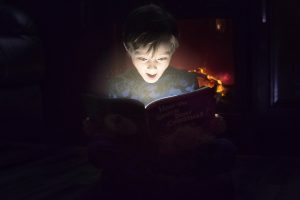 For those of you who have never played RPGs (Role-Playing Games), they are a form of collective storytelling in which players and the person running the game imaginatively co-create story together.
For those of you who have never played RPGs (Role-Playing Games), they are a form of collective storytelling in which players and the person running the game imaginatively co-create story together.
Humans have told stories since some of our earliest days and stories are probably our biggest consumable. They are the TV shows and movies we watch, the books we read, and games we play. Not all forms of story consumption are equal though, and some confer benefits that others do not. For example, people who read fiction have consistently been shown to have stronger social cognition abilities than those who don’t. When it comes to TV and movies, studies on mirror neurons suggest that the same parts of the brain that are activated when you perform a goal-oriented action are also activated when you view someone else doing it too! And RPGs have been shown to enable people to fulfill a range of social needs (such as friendship maintenance).
In short, story (depending on how you consume it),can be wonderful for everything from social cognition and friendship maintenance, to fulfilling social needs and possibly maintaining or increasing neuroplasticity by activating areas of the brain you may not otherwise ordinarily use.
Story is important, but perhaps it becomes even more so to socially isolated children?
2.b. Story and the Child
Now I’m not saying to give them a free reign over TV and Minecraft. Just that in a world of inorganic Zoom-based interactions, something like gathering to play in a well-loved fictional setting (such as My Little Pony), may be a good option for social interaction with other kids. And the cool thing about fantastical settings, is that even with parental supervision/help, the children can still feel relatively free to explore (which I think probably makes everything so much less awkward for them).
After all, no one is going to get into trouble for “teleporting the bad guy’s head off”.
Moreover, depending on the age of the child, RPGs can and often do include mythological themes (some of them particularly well researched) and can be an avenue for learning Pagan and Heathen mythologies.
mythological themes (some of them particularly well researched) and can be an avenue for learning Pagan and Heathen mythologies.
Finally, RPGs can also be played within the family and provide a safe outlet for difficult emotions. Which I think we can all agree is something a lot of us struggle with from time to time.
Just a warning though, children’s storytelling can be quite twisted and bizarre (and this is apparently super normal).
3. Tower Time is The Long Game
Finally, I just want to talk about the ‘long game’ here. Because Tower Time is not going away any time soon, and nor will its mark upon us.
Pandemics, societal unrest, attempted coups and environmental disaster are all high stress situations/events. Even if we were to solve all the things in the most perfect way, the effects of this era are going to haunt us all for years to come. And when it comes to the children growing up in this time, I would guess those effects are going to be far more profound.
This is something that will affect this entire generation and I think we need to be prepared for that.
The “Little” Things
Before finishing this insanely long post though, I just want to say something that I hope brings hope to those of you out there who are looking at your kids and feeling kind of powerless and burned out by everything:
Don’t underestimate the little things.
When I look back to my own childhood growing up and the challenges my generation faced there, the things I keep coming back to are the “little” ways in which my parents consistently showed love. We were poor – very poor in fact. We were the kind of poor where we had back-up plans that involved foraging, setting snares on the local moors, and gathering wood (my dad kept the old chimney in place for reasons). I was the kid in homemade clothes with thrift store Christmas gifts bulking up the presents my parents scrimped and saved to get us all year. But although times were clearly not great for us then, my childhood isn’t some blot in my memory.
chimney in place for reasons). I was the kid in homemade clothes with thrift store Christmas gifts bulking up the presents my parents scrimped and saved to get us all year. But although times were clearly not great for us then, my childhood isn’t some blot in my memory.
I remember the love there. The work my mum put into those clothes she knitted and stitched for us. Her hugs. I think about the way her voice still sounds like a hug even 3,500 miles away. And I think of traveling with my dad in his truck during school vacations and talking about all kinds of things. Because that’s when I got to see him the most.
I’m no expert on this. And I think what our kids are going through now is way worse than anything I experienced. But still, I think those so-called “little things” play a big role.
And we shouldn’t underestimate them. They’re not a “fix” by any stretch, but I think knowing you’re loved maybe goes a long way. And I dearly hope the conversation about how we and our communities can support children during these trying times takes root.
Until the next time.
Be well.
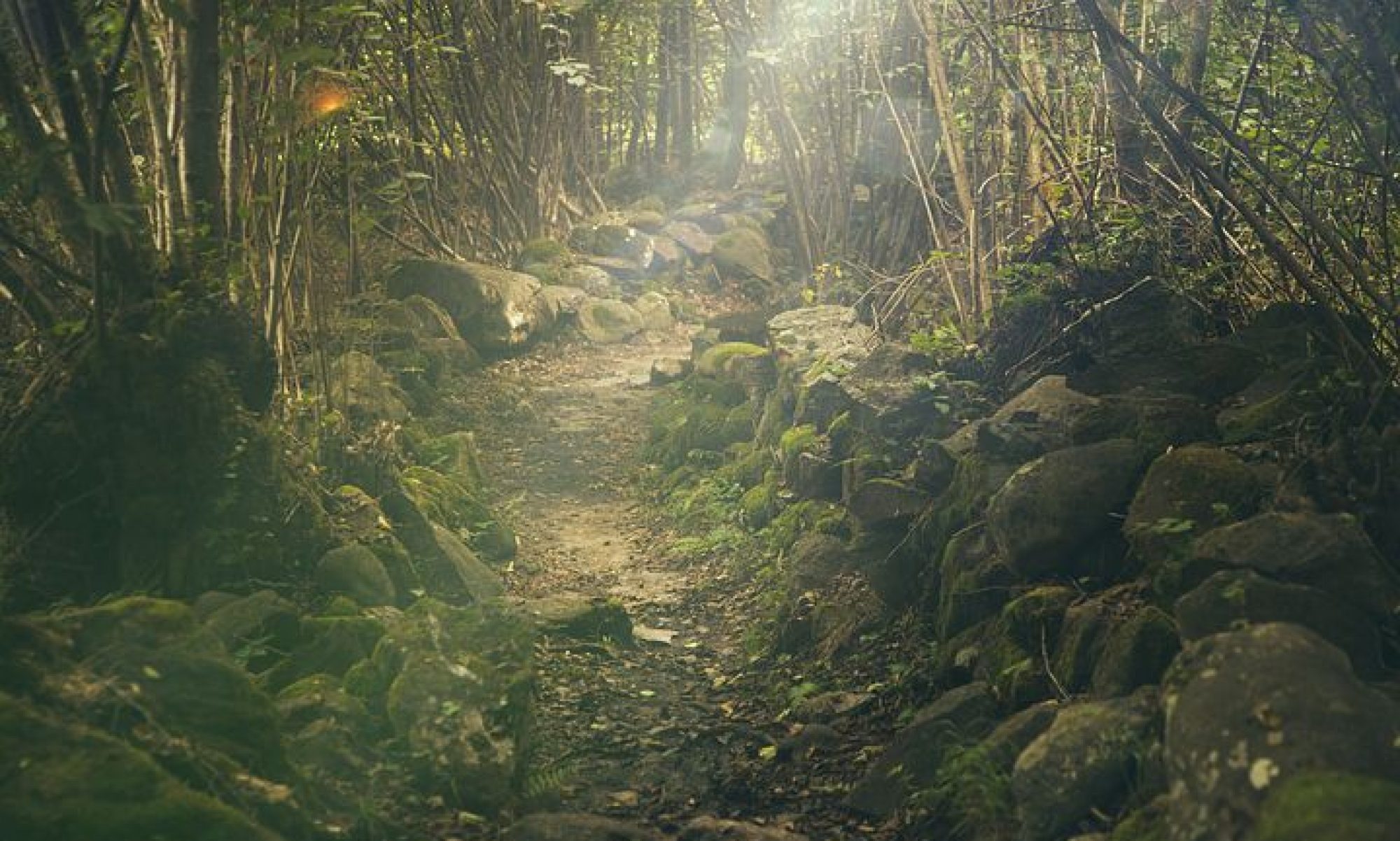
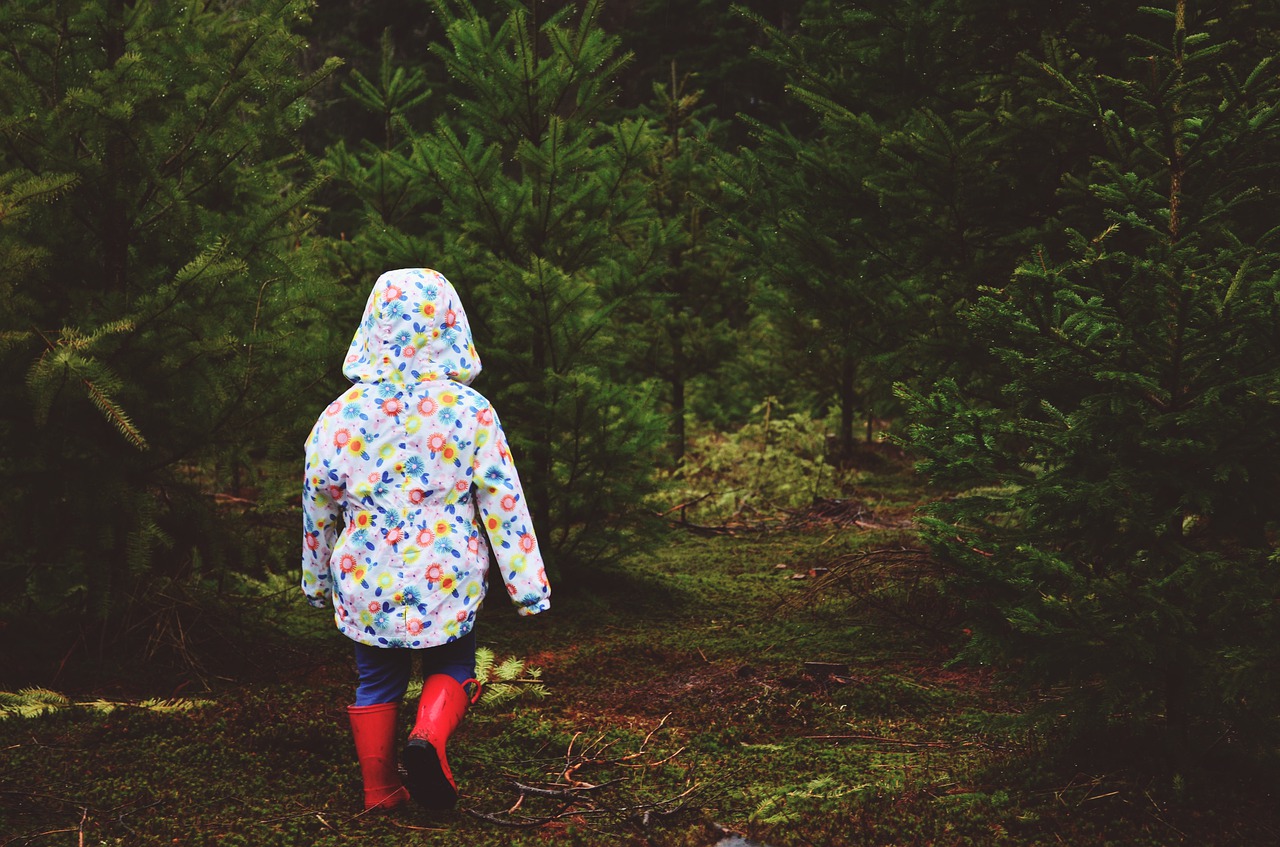
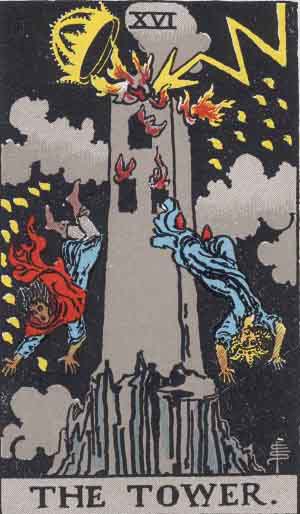
 employees, and grocery store clerks (among others, please forgive me if I missed you).
employees, and grocery store clerks (among others, please forgive me if I missed you).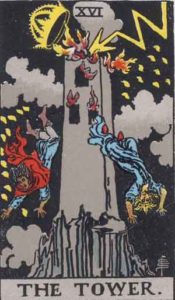 People have been writing about ‘The Storm’ and
People have been writing about ‘The Storm’ and  offerings.
offerings. a couple of weeks, we’re going to have a lot of dead people. And these are people who are going to have passed in terrifying, lonely circumstances. I already personally know one person with the story of only being able to say goodbye to a dying relative over FaceTime because they could not risk allowing family members to be with the dying because of the risk of infection.
a couple of weeks, we’re going to have a lot of dead people. And these are people who are going to have passed in terrifying, lonely circumstances. I already personally know one person with the story of only being able to say goodbye to a dying relative over FaceTime because they could not risk allowing family members to be with the dying because of the risk of infection.